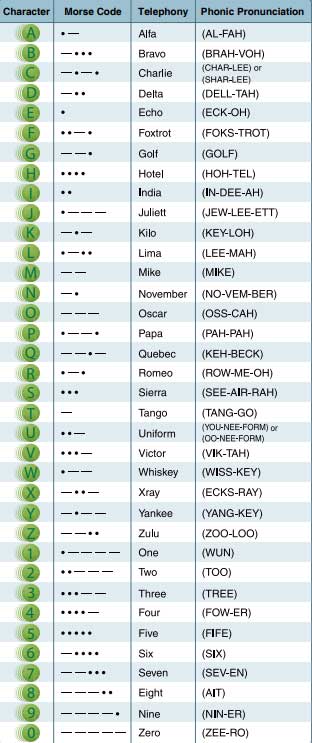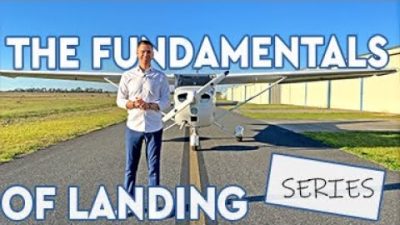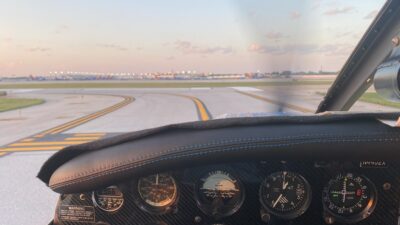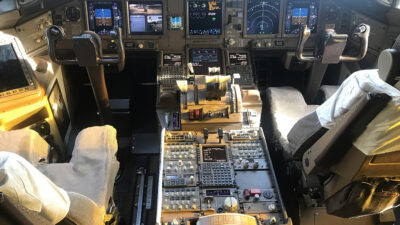If you’re a student pilot or considering beginning your flight training, one of the first skills you’ll need to master is the ICAO aviation phonetic alphabet. This standard alphabet, used worldwide in aviation communication, ensures clarity and reduces misunderstandings in radio transmissions. Knowing this alphabet inside and out will be invaluable throughout your training and beyond.
Why the Phonetic Alphabet is Essential for Pilots
Aviation is a global field where clarity is critical, especially when communicating over the radio with Air Traffic Control (ATC) and other pilots. The phonetic alphabet helps eliminate confusion between letters that might sound similar, such as “B” and “D” or “M” and “N.” By using standardized words for each letter, pilots and controllers can communicate accurately and effectively, no matter the background or accent of the speaker.
The ICAO Phonetic Alphabet
The International Civil Aviation Organization (ICAO) developed the phonetic alphabet to promote safe communication across international borders. Each letter in this alphabet is assigned a unique word, which means that messages are consistent and easy to understand even in challenging conditions, such as poor radio reception or loud cockpit environments. The FAA adheres to the ICAO standard, so if you learn this phonetic alphabet, you’ll be prepared for communication in any country.
Here is the ICAO phonetic alphabet:
| Letter | Word |
|---|---|
| A | Alpha |
| B | Bravo |
| C | Charlie |
| D | Delta |
| E | Echo |
| F | Foxtrot |
| G | Golf |
| H | Hotel |
| I | India |
| J | Juliett |
| K | Kilo |
| L | Lima |
| M | Mike |
| N | November |
| O | Oscar |
| P | Papa |
| Q | Quebec |
| R | Romeo |
| S | Sierra |
| T | Tango |
| U | Uniform |
| V | Victor |
| W | Whiskey |
| X | X-ray |
| Y | Yankee |
| Z | Zulu |
How to Learn the Phonetic Alphabet Effectively
Memorizing the phonetic alphabet isn’t difficult, but it takes practice. Here are some tips to help you learn it quickly and retain it long-term:
- Use Flashcards: Create flashcards with each letter and its corresponding word. Go through them daily until you can recall each one instantly.
- Practice with Realistic Scenarios: Practice spelling out words or your name using the phonetic alphabet. For example, spell out “pilot” as “Papa-India-Lima-Oscar-Tango.” This will help you get comfortable with the flow of the letters.
- Listen to ATC Communications: If possible, listen to live ATC transmissions (available through various online resources or mobile apps). Pay attention to how professional pilots and controllers use the phonetic alphabet naturally.
- Use It in Your Daily Life: Try incorporating the phonetic alphabet into your regular conversations when you spell out letters. Practicing outside of the aviation context will make it feel natural.
When You’ll Use the Phonetic Alphabet as a Pilot
Once you start flight training, you’ll use the phonetic alphabet every time you communicate with ATC. Here are a few examples of when the phonetic alphabet will come into play:
- Radio Frequencies: When confirming radio frequencies, controllers might use the phonetic alphabet for clarity, like “one-two-four-point-seven-five, Alpha.”
- Tail Numbers: Aircraft are often referred to by their tail numbers. For example, a Cessna 172 with the registration N123AB would be pronounced “November-One-Two-Three-Alpha-Bravo.”
- Waypoint Coordinates: When navigating through controlled airspace, ATC may assign waypoints that have phonetic alphabet letters in their names. Understanding and being able to repeat these accurately is essential.
Common Mistakes and How to Avoid Them
A few common pitfalls exist when first learning the phonetic alphabet:
- Mixing Letters and Words: Sometimes, beginners use regular letters instead of the phonetic alphabet words, especially when under stress. Avoid this by over-practicing each word until it’s instinctual.
- Rushing Through Words: Speaking too quickly can make phonetic words unclear. Always slow down and speak each word with confidence.
- Overthinking It: Trust the process! The more you practice, the more natural it will feel. Soon, saying “Alpha” instead of “A” will become second nature.
Final Thoughts
Learning the ICAO aviation phonetic alphabet is a crucial first step in your aviation journey. This alphabet isn’t just a tool; it’s a shared language used by pilots and air traffic controllers worldwide, ensuring that every flight operates smoothly and safely. With consistent practice, you’ll find it easy to commit these words to memory. If you haven’t already, be sure to watch the video I’ve posted, which goes over each word in the phonetic alphabet—hearing it spoken can often help reinforce your learning.
Remember, clear communication is a foundational skill in aviation. By mastering the phonetic alphabet now, you’ll be setting yourself up for success every time you step into the cockpit. Happy flying!
Video By: Ian Hoyt




